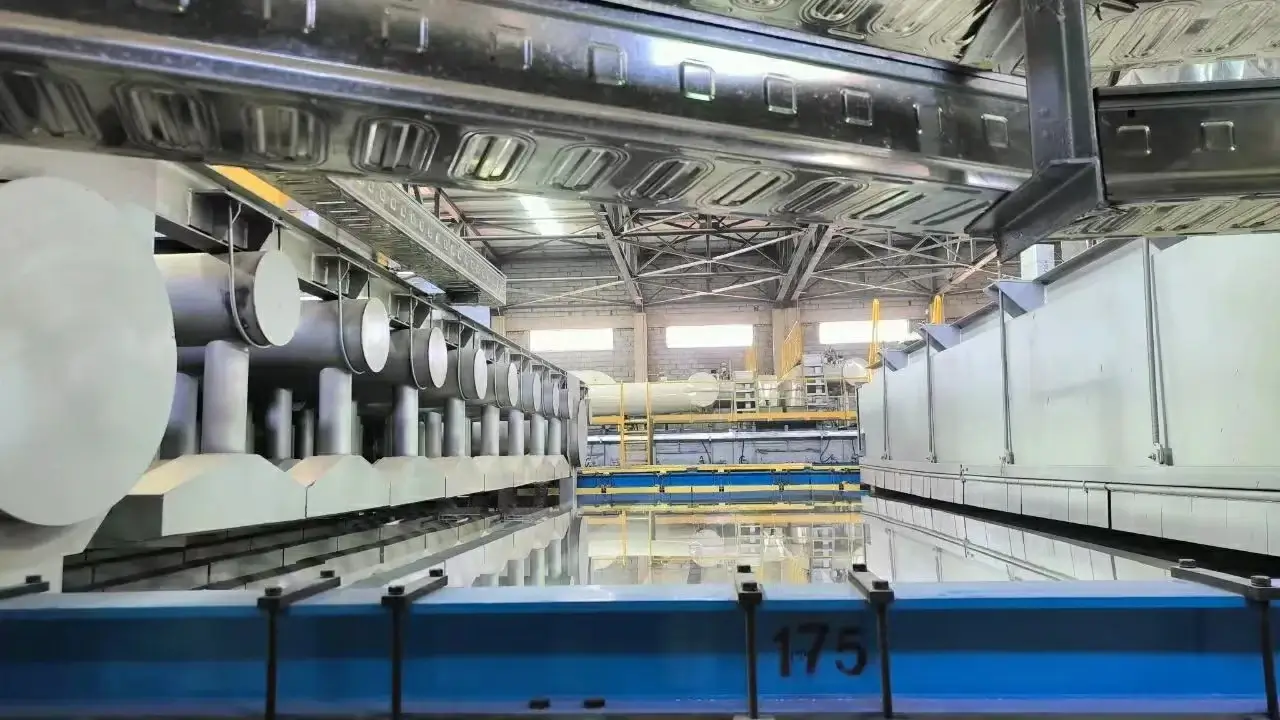

The Art and Science of Coloured Mirror Glass
In the realm of glass artistry and architectural design, few materials capture the imagination quite like coloured mirror glass. This unique medium melds vivid colors with reflective surfaces, creating a stunning interplay of light, reflection, and perception. With its applications spanning from decorative art pieces to innovative architectural designs, coloured mirror glass has evolved into a sought-after material, demonstrating both aesthetic appeal and practical functionality.
The Origins and Production of Coloured Mirror Glass
The journey of coloured mirror glass begins with the ancient practices of glassmaking, which date back thousands of years. Early artisans discovered that by adding various metallic oxides and minerals to molten glass, they could achieve vibrant colors. However, the true innovation came with the development of the mirror-like finish that enhances both its visual impact and its functional properties. The process generally involves applying a thin layer of metallic coating—often silver or aluminum—onto the back of the coloured glass. This creates a reflective surface that not only enhances the depth of color but also transforms the glass into a mirror.
The production of coloured mirror glass requires a unique blend of artistry and technology. Skilled artisans work meticulously to ensure that the colors are evenly distributed and the reflective coatings are applied without defects. The resulting sheets of coloured mirror glass can range from translucent pastels to bold, saturated hues, offering an extensive palette for designers and artists alike.
Applications in Art and Design
Coloured mirror glass is celebrated for its versatility in various applications, from interior design to large-scale public artworks. In interior spaces, it is often used as a feature wall, adding depth and character to a room. The vivid colors can evoke different moods, transforming a mundane environment into a lively or serene setting, depending on the hues selected.
Artists have also harnessed the visual potential of coloured mirror glass in installations and sculptures
. The dynamic nature of glass—where light and reflection play a crucial role—allows artists to create immersive experiences that engage viewers on multiple sensory levels. An installation may appear to change as viewers move around it, reflecting their surroundings in unexpected ways. This interaction between the piece and its audience further blurs the boundaries between art and architecture.Architectural Innovations

The architectural realm has embraced coloured mirror glass as a modern design element that enhances both aesthetics and functionality. In contemporary buildings, coloured mirror glass is used for façades, creating a striking visual effect that can alter the perception of building size and shape. The reflective properties serve a dual purpose they allow for energy efficiency by reducing heat absorption while also enabling the building to harmoniously blend with its environment.
Moreover, the use of coloured mirror glass can help improve privacy without sacrificing natural light. Offices and commercial spaces can benefit from its reflective surfaces, which can obscure the view into interiors while allowing ample sunlight to illuminate the space.
The Psychological Impact of Colour
The influence of color on human emotions and perceptions is well-documented. Experts from various fields, including psychology and design, emphasize that colours can evoke specific feelings and moods. Coloured mirror glass enables architects and designers to leverage this psychological impact, creating spaces that resonate with the intended audience. For instance, calming blues and greens may be chosen for healthcare facilities to promote healing, while vibrant reds and yellows can energize retail environments.
Challenges and Considerations
Despite its many advantages, using coloured mirror glass comes with challenges. The high reflectivity can sometimes create glare, necessitating thoughtful placement and design considerations. Additionally, depending on the colours and finishes chosen, the maintenance of coloured mirror glass can require careful cleaning to retain its beauty and functionality.
Conclusion
Coloured mirror glass stands at the intersection of art, design, and technology. Its vibrant colors and reflective properties inspire creativity while offering practical applications in both art installations and architectural designs. As we continue to explore and innovate with this enchanting material, its ability to transform spaces and evoke emotions will undoubtedly leave a lasting mark on the design landscape. Whether used in a cozy home or a grand public installation, coloured mirror glass acts as a mirror to our surroundings and our emotions, reflecting the beauty and complexity of the world we inhabit.